Evolution has occurred more or less in isolation on this remote island – located 400 kilometres off Africa’s east coast – with the result that much of its indigenous wildlife is found nowhere else on earth. Madagascar’s menagerie of weird and wonderful creatures includes the world’s biggest and smallest chameleons and over 70 species of lemur – long-tailed primates endemic to the island. The Madagascan landscape is no less compelling than the resident wildlife, with terrain ranging from lush jungles and palm-fringed beaches to the knife-edged karst tsingys of the Tsingy de Bemaraha National Park’s ‘stone forests’. Madagascar is an otherworldly paradise where visitors are offered a unique glimpse into a fantastical one-of-a-kind world.
Antananarivo, also known as Tana, is Madagascar’s capital city. It is perched at 1400 metres above sea level crowning a spectacular mountain range. Founded in 1625, Antananarivo, often considered only as a starting point to the South, North, East and West regions, Antananarivo still has a rich historical heritage that is complemented by scenic landscapes covered in a large network of popular hiking routes.
Known for its vibrant nightlife, Antananarivo features local live music at a variety of clubs and bars.
The city is divided into 3 parts, the upper, middle and lower city. The upper town is the most visited part with its Rova or Queen's Palace which dominates the whole city and offers an exceptional panorama. Another curiosity not to be missed is the large market of Tana or Zoma located in the lower town and whose scents and colours will delight you.
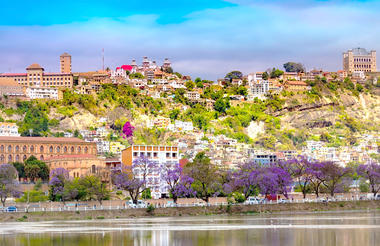
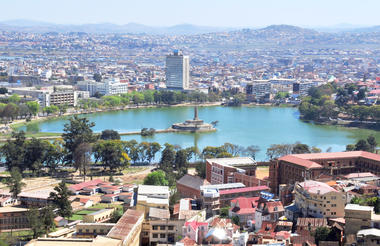
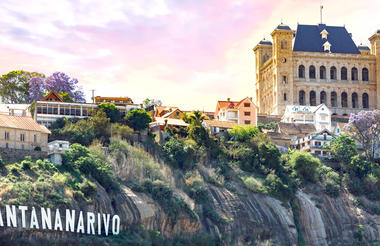
Close to the northern tip of Madagascar, the French colonial city of Antsiranana, also known as Diego Suarez, is home to the second largest natural bay in the world. Antsiranana offers stunning views of the Indian Ocean and has its very own offshore Sugar Loaf Island, or Nosy Lonja. Visitors can wander through the wide sleepy streets and explore what remains of the city’s colonial buildings, discover the old market, and absorb a culture that draws its influences from indigenous tribes, Creole, Indians and Comorians amongst others. Antsiranana is surrounded by some of the country’s most beautiful landscapes and is also close to two UNESCO recognised national parks, making it a great destination for nature lovers.
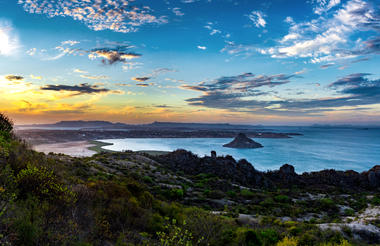
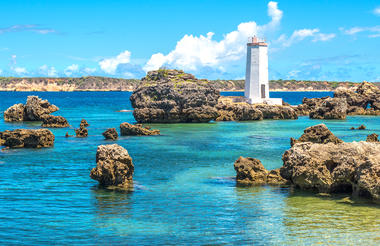

As previously described
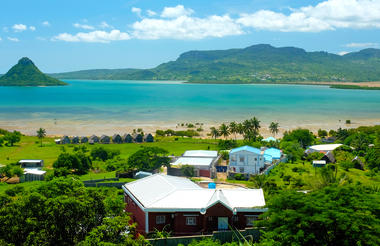
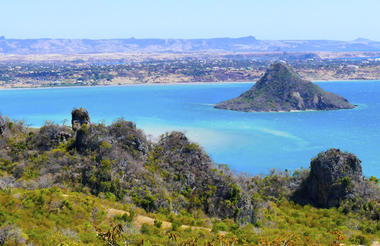
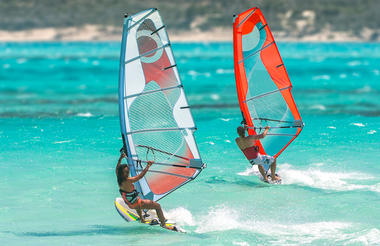
Neighbouring the Amber Mountain National Park, the Joffreville village lies four kilometres from its entrance. This former French colonial town offers comfortable accommodation options in character-filled heritage buildings. The surrounding landscape features forested mountains, valleys and lush woodlands. The sleepy town of Joffreville serves as an excellent base for those wishing to explore the beautiful surroundings including the Amber Mountain National Park, which is home to several endemic species. Visitors can look forward to browsing a smattering of small shops, viewing the old church and strolling through the streets of the town dotted with fruit stalls selling locally grown seasonal fruit such as avocados, mangos, litchis, guavas and bananas.

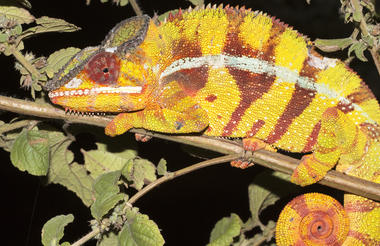
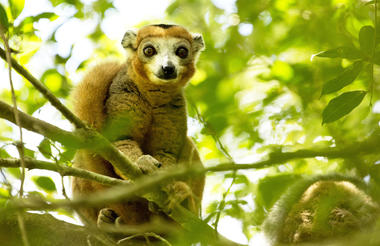
Situated in northern Madagascar, the Ankarana Reserve lies on a magnificent plateau consisting of 150-million-year-old Jurassic limestone. This unspoilt landscape is known for its otherworldly fields of ‘tsingy’- spiky karst pinnacle rock formations - cloaking hidden forested canyons and a network of subterranean rivers. These isolated canyon pockets are home to some of the world’s most protected and untouched endemic fauna and flora. The reserve is renowned for this unique terrain and is said to have the highest density of primates of any forest in the world. Commonly spotted wildlife includes a variety of chameleons, the rare leaf-tailed Uroplatus, the crowned lemur, Sanford's brown lemur, Perrier's black lemur, the northern sportive lemur, and dwarf lemurs.
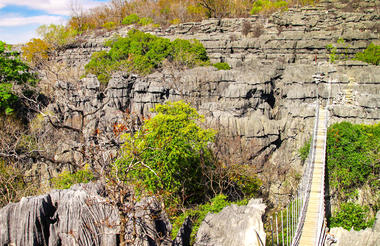
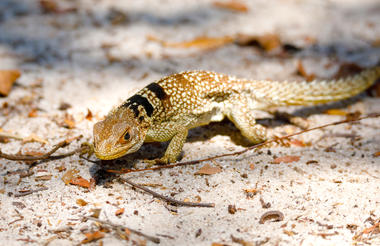
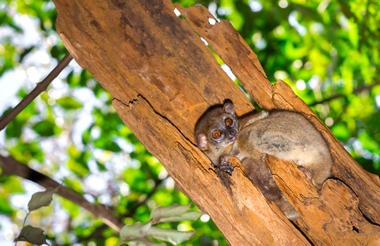
As previously described
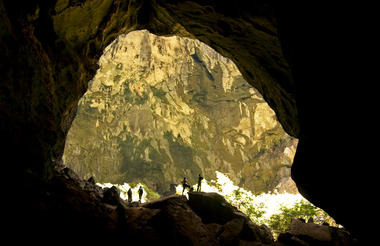
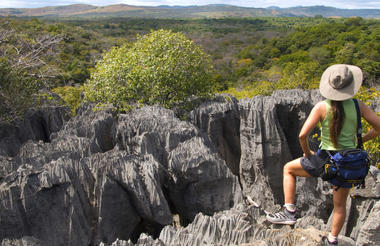
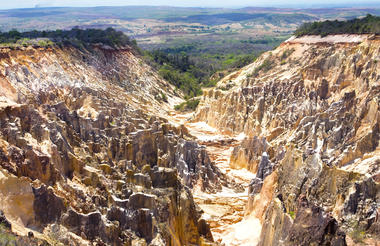
The large but laid back city of Ambanja rests on the banks of the lovely Sambirano River in northwest Madagascar, some 500 kilometres from the capital, Antananarivo. The region’s tropical climate and regular rainfalls make it an excellent agricultural area and the town is surrounded by lush plantations of coffee, cocoa, vanilla and ylang-ylang, some of which can be visited on guided tours. The town has two vibrant fresh produce markets where you can see the array of exotic fruit, vegetables and spices that are the hallmark of this fertile area. While in and around Ambanja, keep your eyes peeled for the vividly coloured chameleons for which the area is renowned.
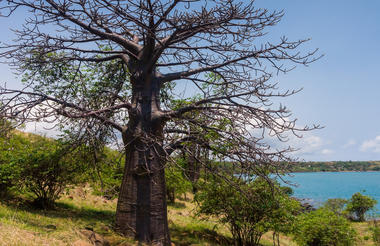
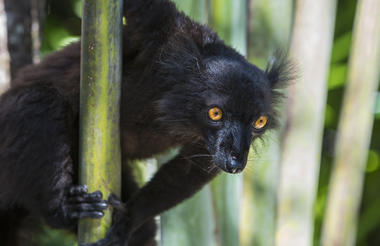
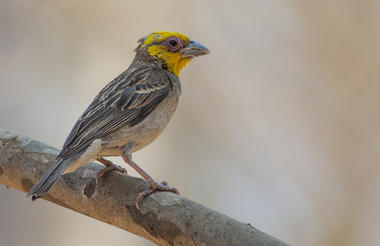
Nosy Be is Madagascar’s most popular tourist destination. Located off the island's northwestern coast, this small island is blessed with exquisite sand beaches, glittering volcanic lakes, and diverse flora and fauna. Nosy Be has remained refreshingly unspoiled and free of development, with low-key beach bungalows outnumbering commercial resorts. Most visitors simply relax on idyllic beaches, go swimming or snorkelling in the calm azure waters, and enjoy seafood feasts at oceanfront restaurants; however, if you enjoy sightseeing, it’s worth paying a visit to the bazaar in Hell-Ville to pick up samples of fragrant spices (Nosy Be is nicknamed ‘The Perfume Island’). The Lobeke nature reserve, coral reefs, and surrounding islets make for enchanting day trips and offer active, outdoor adventure opportunities.
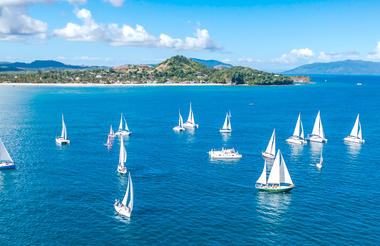
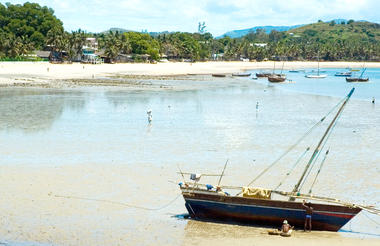
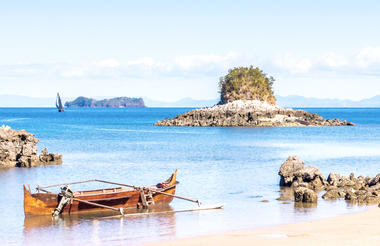
As previously described



As previously described





